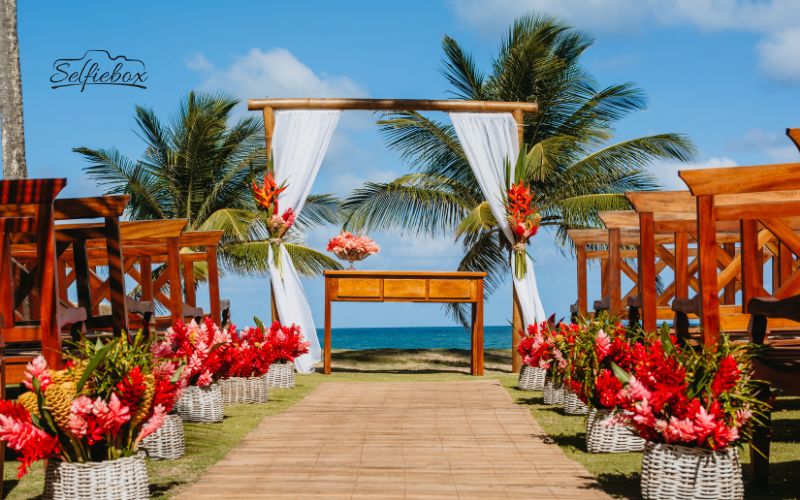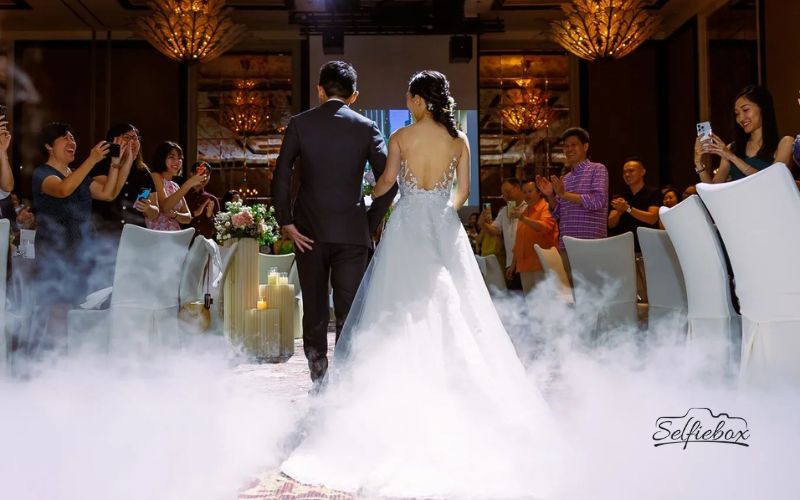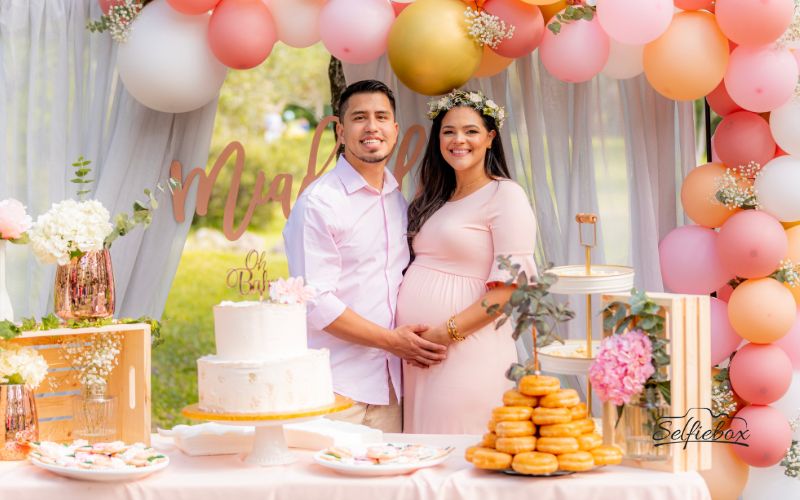Techniques in Portrait Photography
Portraiture is one of the oldest type of photography used by many and sometimes the styles that are showcased can be repetitive. It’s easy to fall in the same old formulas without you noticing, from the angle to the poses, it can be pretty mundane. So how do you stay on top of the portrait photography game?
1. Longer lens is better.
Shooting at a longer focal length creates more dramatic background blur and brings the illusion that the background is closer to the subject. It may be harder to communicate with your model from a 200mm distance but the difference will be apparent.
2. Try different angles.
Shooting portraiture at eye level is not new to us. It is the easiest way, after all. Challenge yourself by finding a flattering angle that can come from above or below eye-level to see the image from a new perspective.
3. Overpower the sun with flash.
Midday shooting is not an easy task when you’re using natural light. A quick fix to this is to use artificial lights, like speed lites, to decrease the sun’s light and darken the image for better exposure. This technique helps underexpose the background while shedding light on the subject for more dramatic effect.
4. Find backlight.
Finding great light for a shoot is easy when you have trained eyes. Strategic placing of models is essential to capture that natural light and can sometimes capture that beautiful edge light, also known as hair or rim light. This happens when the light source is placed behind your subject. Rim light separates your subject from the background, enhancing the dimension of your image and giving the emphasis of focus on your subject.
5. Look for silhouettes and reflections.
Silhouettes and reflections are the in thing now in portrait photography. It’s a great opportunity to enhance your images both visually and in depth. The key for a silhouette shot to work is finding a strong light source and placing it behind your subject. For reflections, look for different objects which have reflective surfaces like floors, glass, or even puddles.
6. Sun as your light source
Using natural light for a shoot is typical especially for outdoor photography but most photographers also avoid shooting in the sun because of uneven exposure. Direct sunlight can add varying visual effects by exposing the areas directly in contact with the sun, making the background darker and drawing more focus to the subject.
There are more ways on reinventing classic portraiture like shooting through objects, or even shooting at night with artificial lights. Nonetheless, the goal for this photography remains: to capture an image which showcases the beauty of the subject.




